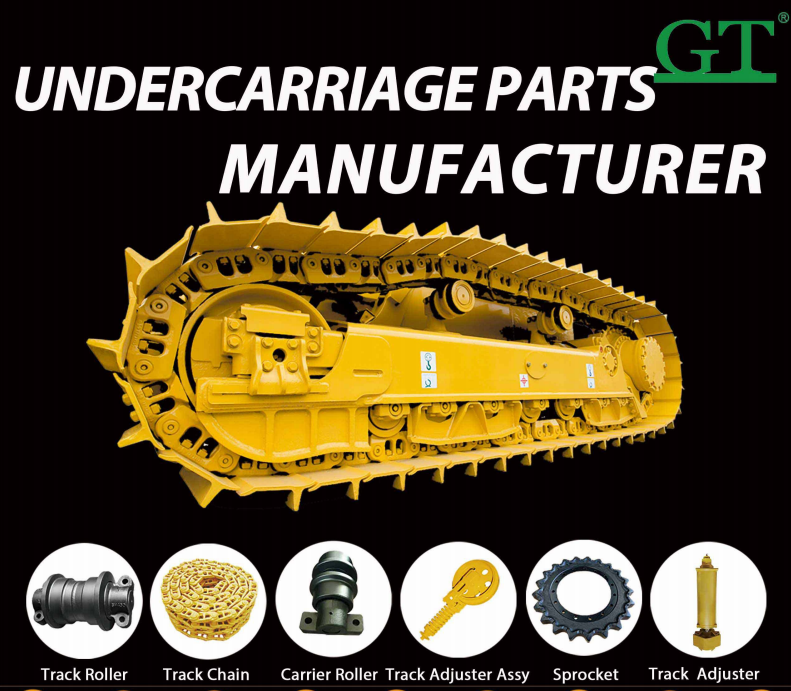#704,No.2362,Fangzhong Road,Xiamen,Fujian,China,361009 +86-13860439542 [email protected]

The track tensioner (also known as the track tension regulator) is a core safety component of the undercarriage system in heavy-duty construction machinery such as excavators, bulldozers, and tracked loaders. Its primary function is to ensure stable operation of the equipment under extreme conditions by precisely controlling track tension. When track tension is within the optimal range, the meshing efficiency between the metal tracks, drive wheels, idler wheels, and track rollers reaches its peak, reducing abnormal wear by over 50% and directly extending the lifespan of the chassis system, which is worth tens of thousands of dollars. If tension is imbalanced (too loose or too tight), it can cause track slapping, bearing overload, and even trigger chain-reaction mechanical failures.
The failure of this component poses multiple operational risks: first, loose tracks are highly prone to accidental derailment during turning or operation on rugged terrain, resulting in hours of downtime and high rescue costs; Second, insufficient tension weakens the equipment's traction, leading to over 15% additional fuel consumption and traction loss; more critically, runaway tracks may damage hydraulic lines or electrical circuits, threatening operator safety. Industry data shows that chassis maintenance costs account for 20% of the equipment's lifecycle expenses, and installing a high-performance tensioner can reduce this cost by nearly 40%.
Modern hydraulic/oil-based tensioners use real-time pressure feedback to ensure tension remains stable within the manufacturer's set safety thresholds. This precise control not only enhances the equipment's anti-rollover capability in hazardous scenarios such as slopes and wetlands but also reduces structural fatigue by evenly distributing loads. For high-intensity construction scenarios such as mining and infrastructure projects, adopting reinforced tensioners compliant with OEM equivalent standards is a key strategy to reduce unplanned downtime, avoid safety incidents, and enhance return on investment.


